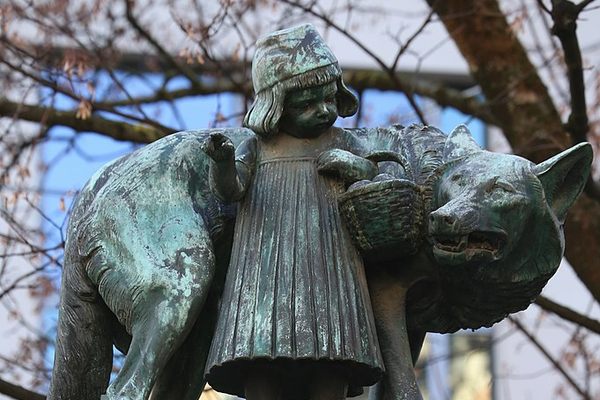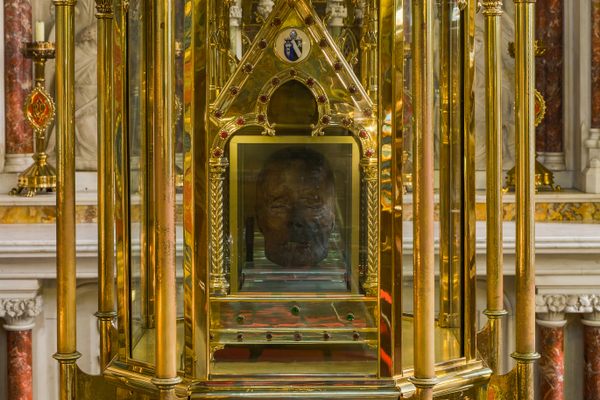The Relics of Munich Residenz
This magnificent museum claims to house the cranium of a disciple and the skull of a pope.
In the center of Munich stands the opulent “Munich Residenz”, a celebrated museum that was once the palace of the former Bavarian royal family. Tucked away inside this palace is a magnificent collection of relics, which includes one of the four alleged heads of John the Baptist.
This collection of “relics” was amassed during the turbulent days of the Counter-Reformation, which swept Europe during the 16th century.
In 1557, Duke Wilhelm V was officially granted the right to collect relics by the Pope. He amassed a notable collection of human remains of unknown provenance. Many are probably “catacomb saints,” the bones of unknown ancients from Roman catacombs that were given new life as the bones of Saints by the Catholic Church. Duke Wilhelm’s son Maximilian I enlarged his father’s collection. For centuries, the collection was housed in the Rich Chapel, the family’s opulent private place of worship. Today, another room at the museum houses around 60 reliquaries, many finely crafted in rich gold and silver.
Most famous among these objects is a heavily decorated cranium said to belong to John the Baptist. This head is one of four supposedly belonging to the Christian prophet. (The other heads reside in Amiens Cathedral in France, San Silvestro Church in Rome, and Umayyad Mosque in Syria.) The collection also includes what is claimed to be the head of Pope Eleuterus, who died in 189 AD.
These relics were considered the court’s most prized possessions, until the 19th century when the history of the dubious “catacomb saints” became common knowledge. Today, they are macabre and beautifully decorated relics that are reminders of another time, when a fragment of bone or skin was thought to possess powers of the divine.
Know Before You Go
The reliquary room is part of the "Residenz Museum" portion of the Residenz (Reliquiensammlung – Room 95)























Follow us on Twitter to get the latest on the world's hidden wonders.
Like us on Facebook to get the latest on the world's hidden wonders.
Follow us on Twitter Like us on Facebook